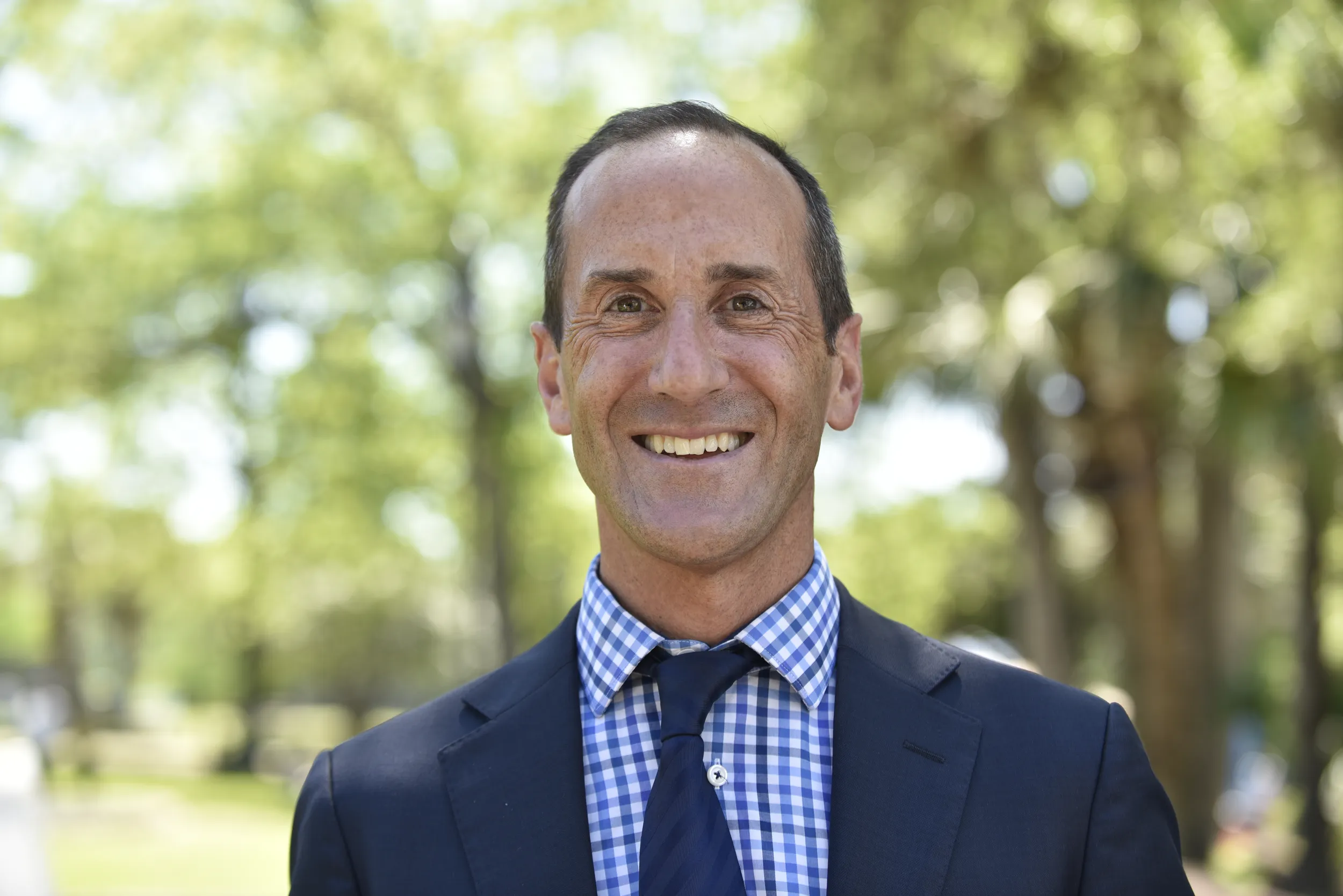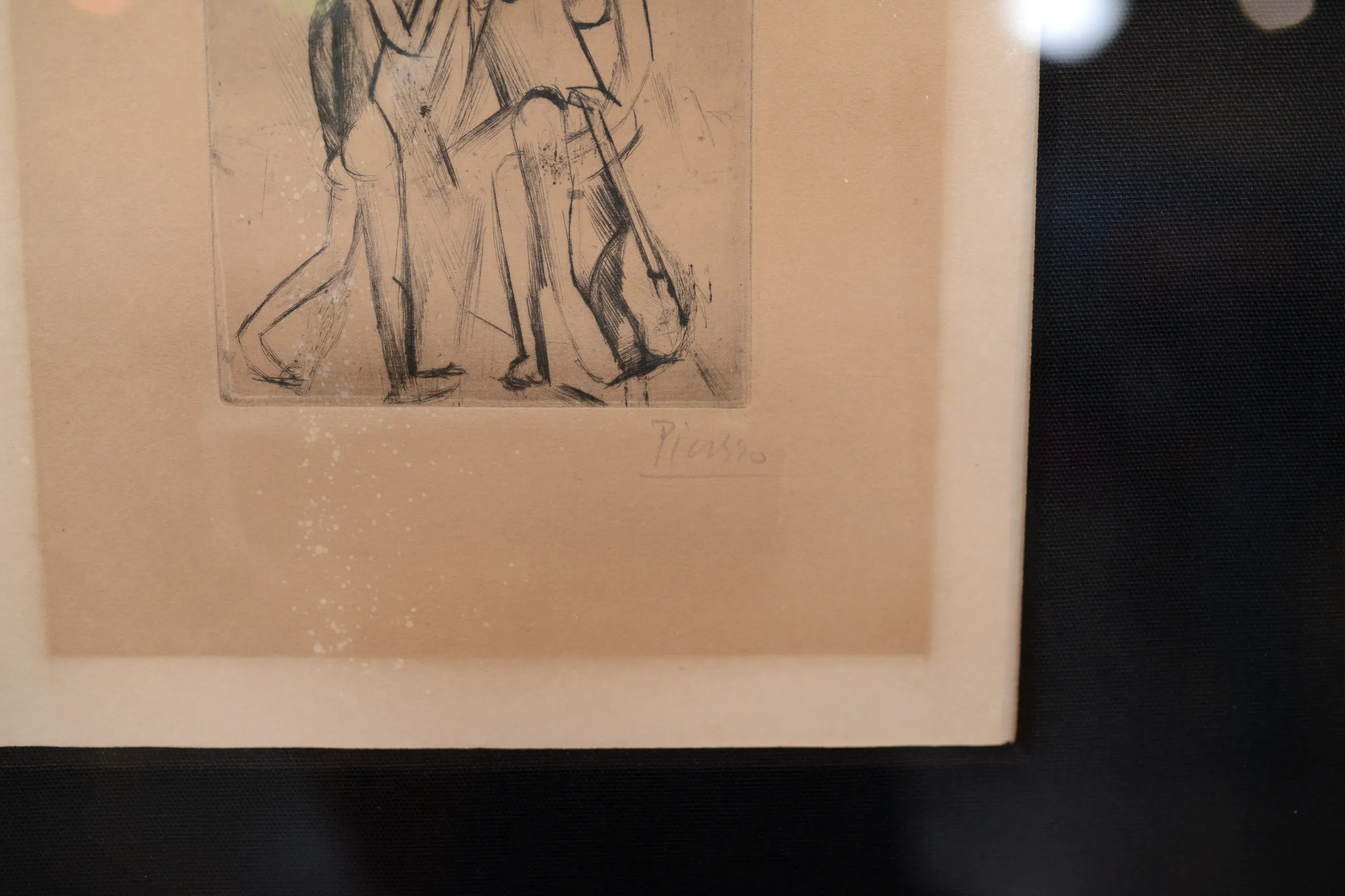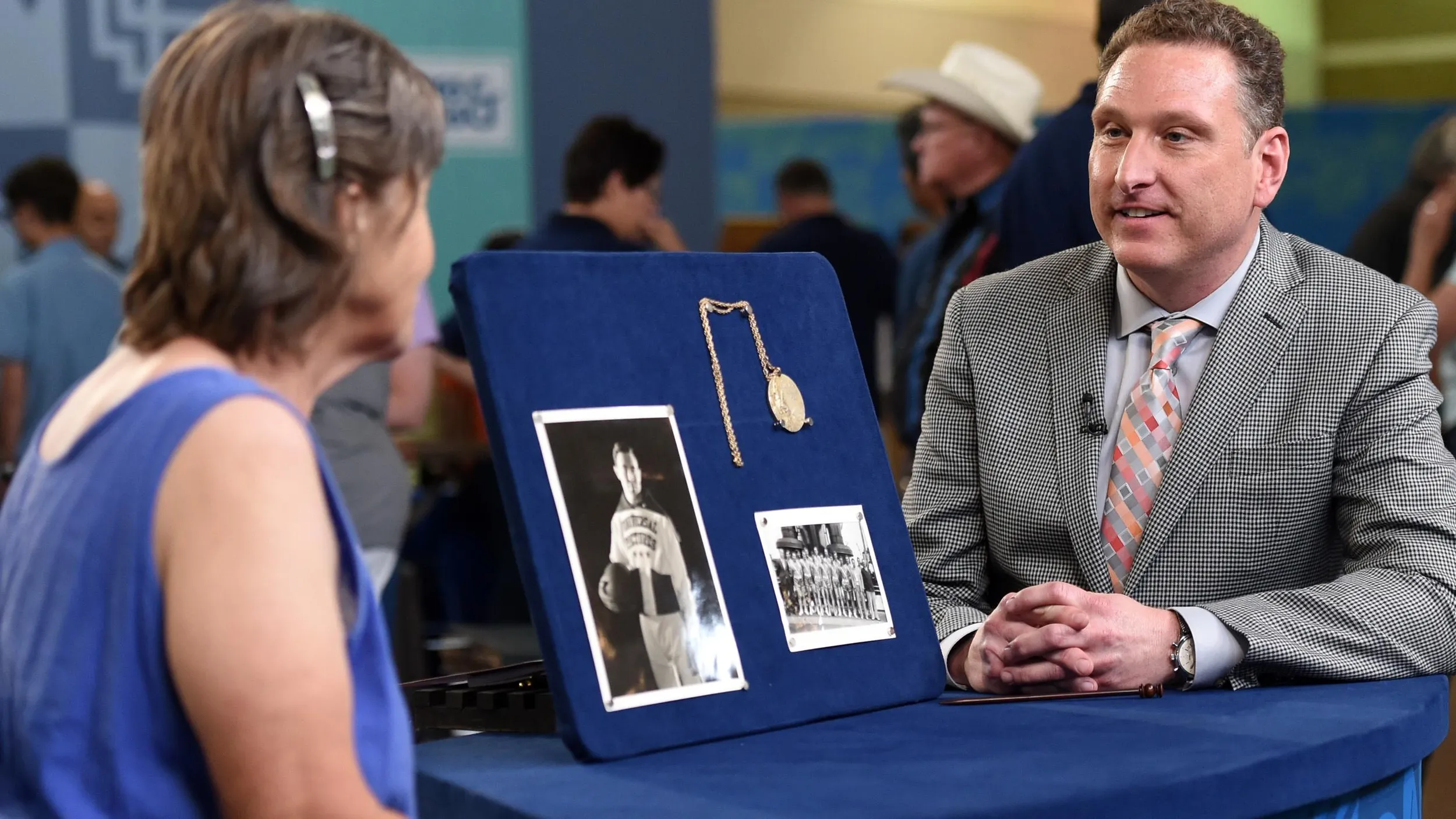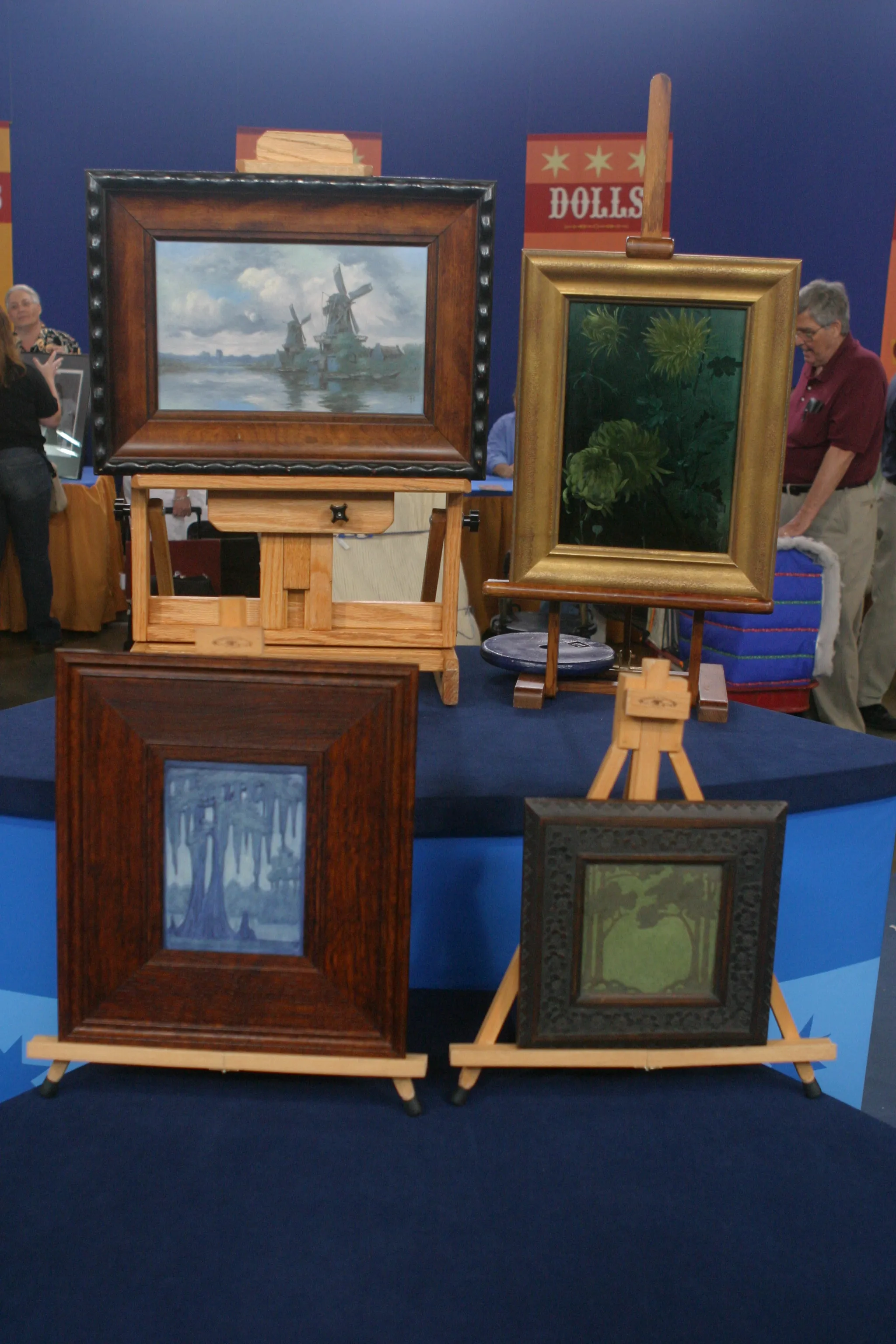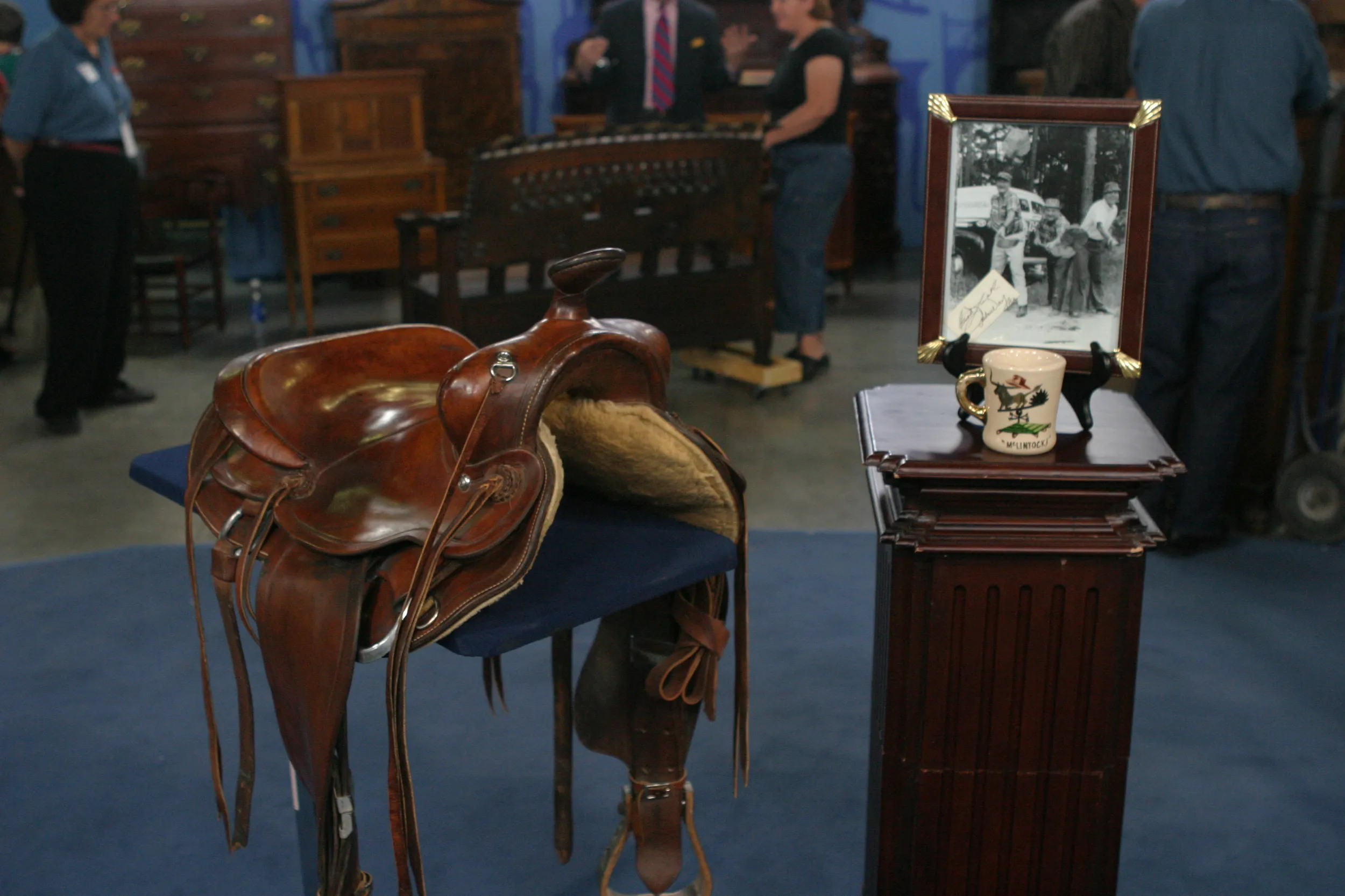GUEST: My father used to go out to New York once a year, and he would visit the same art gallery on Fifth Avenue, from what I'm told, and every year, he'd bring back some pieces of art. But I think he bought this in the early to mid '50s. I think at the time, he paid $300 to $500, somewhere in there. My father passed away in 1988. In 1999, I came back to visit my mother. I was living in California at the time. And it was sitting off in the corner. I asked her if I could have it, and she said, "I'm not just gonna give it to you." I said, "I'll pay you for it," and she goes, "No." She gave it to me. But I wanted to pay her something for it, so I bought it off my mother for a few hundred dollars and I took it to California with me. Then I got called to do some work in Asia, and I was gonna be gone for a couple years, so I took it with me, and then I came back and then I got sent to Europe for a couple years, so I took it with me there, and then I brought it back to the States. And then my mother, when she got sick, I moved from California back to Tucson, and I'm back in the house that my father built and it's back up on the wall that it was on, where it was hanging when I was a little kid.
APPRAISER: So this has come full circle. And do you know what you've got here?
GUEST: I know it's a Picasso. I've tried to look it up. From what I've been able to read, it's in his cubism period from 1909 to 1912, I think, I don't know, and that's really all I know.
APPRAISER: It's actually a very scarce Picasso print. It dates from 1909 and it's a drypoint. He made it by scratching design with a needle directly into a copper plate to gouge out the lines to make the design, inking them and then putting the paper over it and running it through a press. So it's a very direct way of printmaking, a lot less complicated than making an etching, for instance. And you're absolutely right, it's a cubist print, but just on the verge of him going into sort of high analytical cubism, what we know of Picasso and Braque, and their cubism around 1910, 1911. This just predates it, it's just on the cusp of that sort of major surge that made him such a famous artist.
GUEST: Oh.
APPRAISER: He made this in his late '20s. He'd moved to Paris in the early 1900s and was known, but it wasn't until 1907 that he even had major gallery representation, so he was still, you know, what we know of Picasso now, he was still becoming a discovered artist then.
GUEST: Wow.
APPRAISER: So he created this print in 1909, only made some proof impressions of it then, and it wasn't until 1912 that his gallery, his dealer in Paris, decided to put out an edition of this print. So it wasn't... not exactly he wasn't well-known enough in 1909, but he wasn't issuing prints in editions then.
GUEST: Okay.
APPRAISER: It took the gallery to do that three years later.
GUEST: Wow.
APPRAISER: And it was issued in an edition of 100 impressions, each of which is signed in pencil. Might look unusual to people to see a signature like that, but that's how he signed his early works. Not a lot of these survived. They're very scarce images, as I was saying earlier, and not many come on the market. The one thing that stands out with this, looking at it, is that there are some glaring condition issues. You said it hung on the wall of your parents' home in Tucson, so it probably got a lot of sunlight.
GUEST: Yes.
APPRAISER: And then you had it rematted, and I bet the old mat went up to this point here. Yes. All that darkness is staining that occurs from too much exposure to sunlight. It can be reversed, but it's detrimental. There's also some spotting here that looks like it's superficial and can also be washed, and all of that is kind of marring the signature, the darkness. The signature would come out better, the image. What this needs is a little bit of work.
GUEST: Okay.
APPRAISER: If it were to sell in this condition, I would see a retail price for it around only $10,000 to $15,000. That being said, if you take it to a proper paper conservator, put several hundred dollars' worth of cleaning into it to pull that staining out, you'd be looking at retail a $40,000 print by Picasso.
GUEST: (laughs) Wow.
